Researchers reveal RCE flaws in AI inference engines and Cursor IDE from unsafe code reuse.
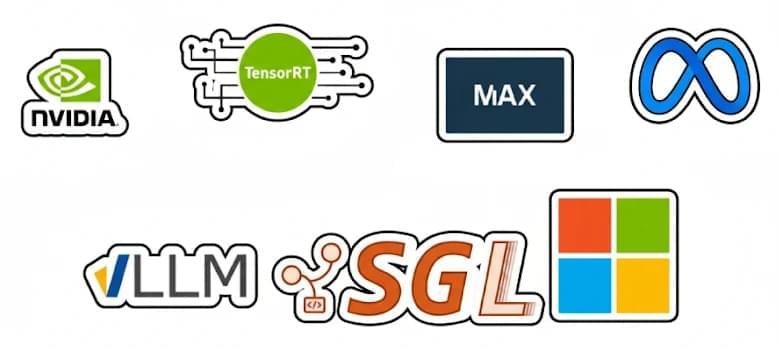

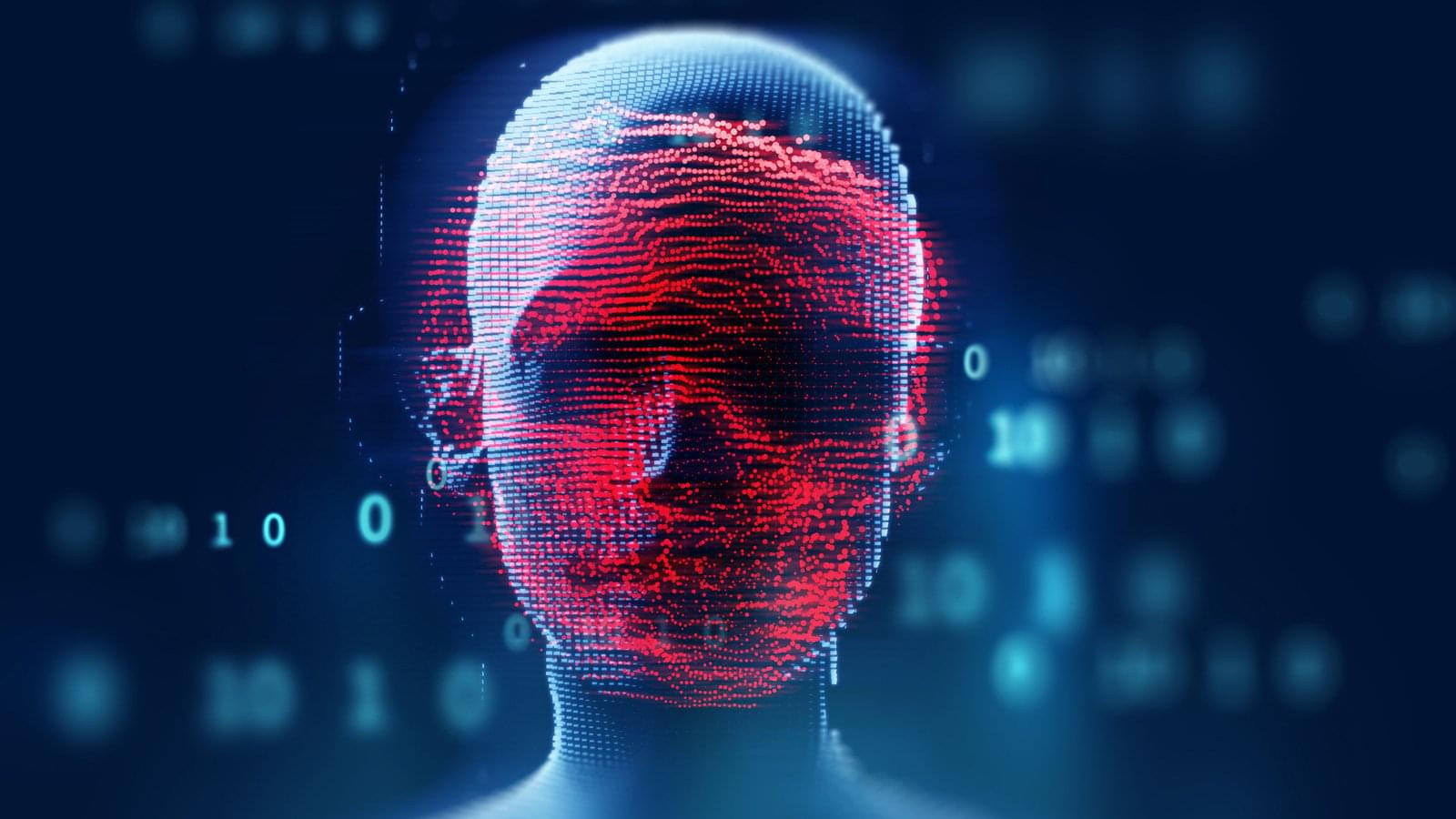
Anthropic reports that a Chinese state-sponsored threat group, tracked as GTG-1002, carried out a cyber-espionage operation that was largely automated through the abuse of the company’s Claude Code AI model.
However, Anthropic’s claims immediately sparked widespread skepticism, with security researchers and AI practitioners calling the report “made up” or the company of overstating the incident.
“I agree with Jeremy Kirk’s assessment of the Anthropic’s GenAI report. It’s odd. Their prior one was, too,” cybersecurity expert Kevin Beaumont posted on Mastodon.
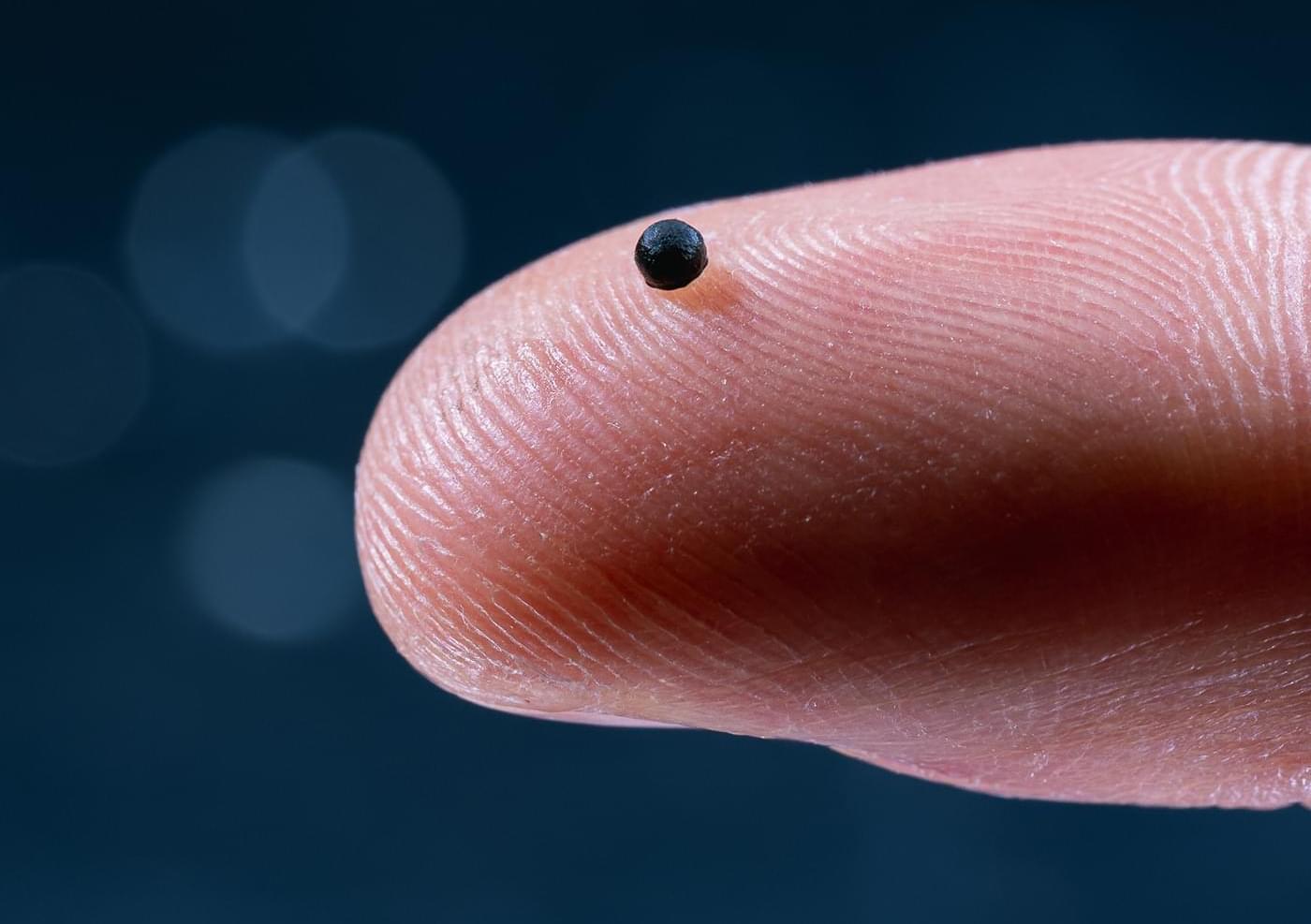
After numerous successful trials in the model, the team sought to demonstrate what the microrobot could achieve under real clinical conditions. First, they were able to demonstrate in pigs that all three navigation methods worked and that the microrobot remains clearly visible throughout the entire procedure. The investigators then navigated microrobots through the cerebral fluid of a sheep.
“This complex anatomical environment has enormous potential for further therapeutic interventions, which is why we were so excited that the microrobot was able to find its way in this environment too,” Landers noted. “In vivo experiments conducted with an ovine model demonstrated the platform’s ability to operate within anatomically constrained regions of the central nervous system,” the investigators stated in their paper. “Furthermore, in a porcine model, all locomotion strategies were validated under clinical conditions, confirming precise microrobot navigation within the cerebrovascular system and highlighting the system’s compatibility with versatile in vivo environments.”
In addition to treating thrombosis, these new microrobots could also be used for localized infections or tumors. At every stage of development, the research team has remained focused on their goal, which is to ensure that everything they create is ready for use in operating theaters as soon as possible. The next goal is to look at human clinical trials. “The use of materials that have been FDA approved for other intravascular applications, coupled with the modular design of the robotic platform, should simplify translation and adaptability to a range of clinical workflows,” the authors concluded. Speaking about what motivates the whole team, Landers said, “Doctors are already doing an incredible job in hospitals. What drives us is the knowledge that we have a technology that enables us to help patients faster and more effectively and to give them new hope through innovative therapies.”

Biology needs the same kind of substrate. Without it, we are still guessing. With it, discovery starts to look predictable by design.
Drug development still leans on animal models and small patient cohorts to make billion-dollar bets. Those proxies teach us something, but they do not teach how a molecule behaves across the complexity of human biology. That is why nine out of ten drugs that succeed in animals fail in human clinical trials.
Biology needs an environment that gives intelligence the same systematic feedback that data centers gave to computation. That is what biological data centers provide. Robotic systems that sustain tens of thousands of standardized human tissues at once. Tissues that are vascularized and immune competent, clinically indistinguishable from patient biopsies under blinded review. Tissues that can be dosed, that bleed, that heal.
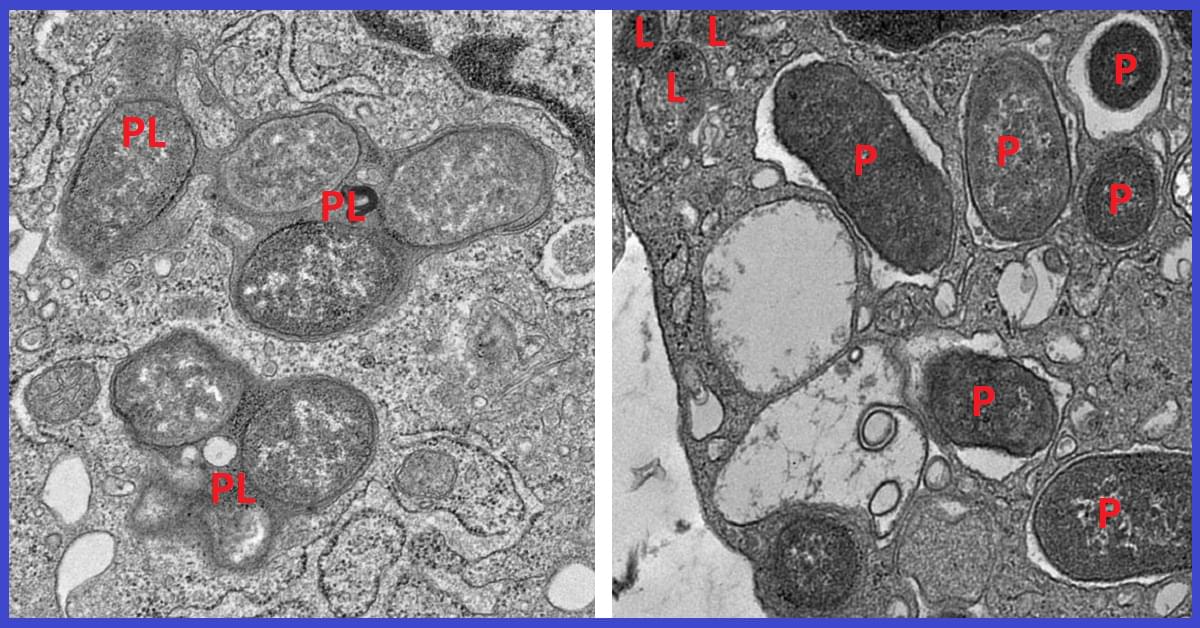

When it comes to navigating their surroundings, machines have a natural disadvantage compared to humans. To help hone the visual perception abilities they need to understand the world, researchers have developed a novel training dataset for improving spatial awareness in robots.
In new research, experiments showed that robots trained with this dataset, called RoboSpatial, outperformed those trained with baseline models at the same robotic task, demonstrating a complex understanding of both spatial relationships and physical object manipulation.
For humans, visual perception shapes how we interact with the environment, from recognizing different people to maintaining an awareness of our body’s movements and position. Despite previous attempts to imbue robots with these skills, efforts have fallen short as most are trained on data that lacks sophisticated spatial understanding.
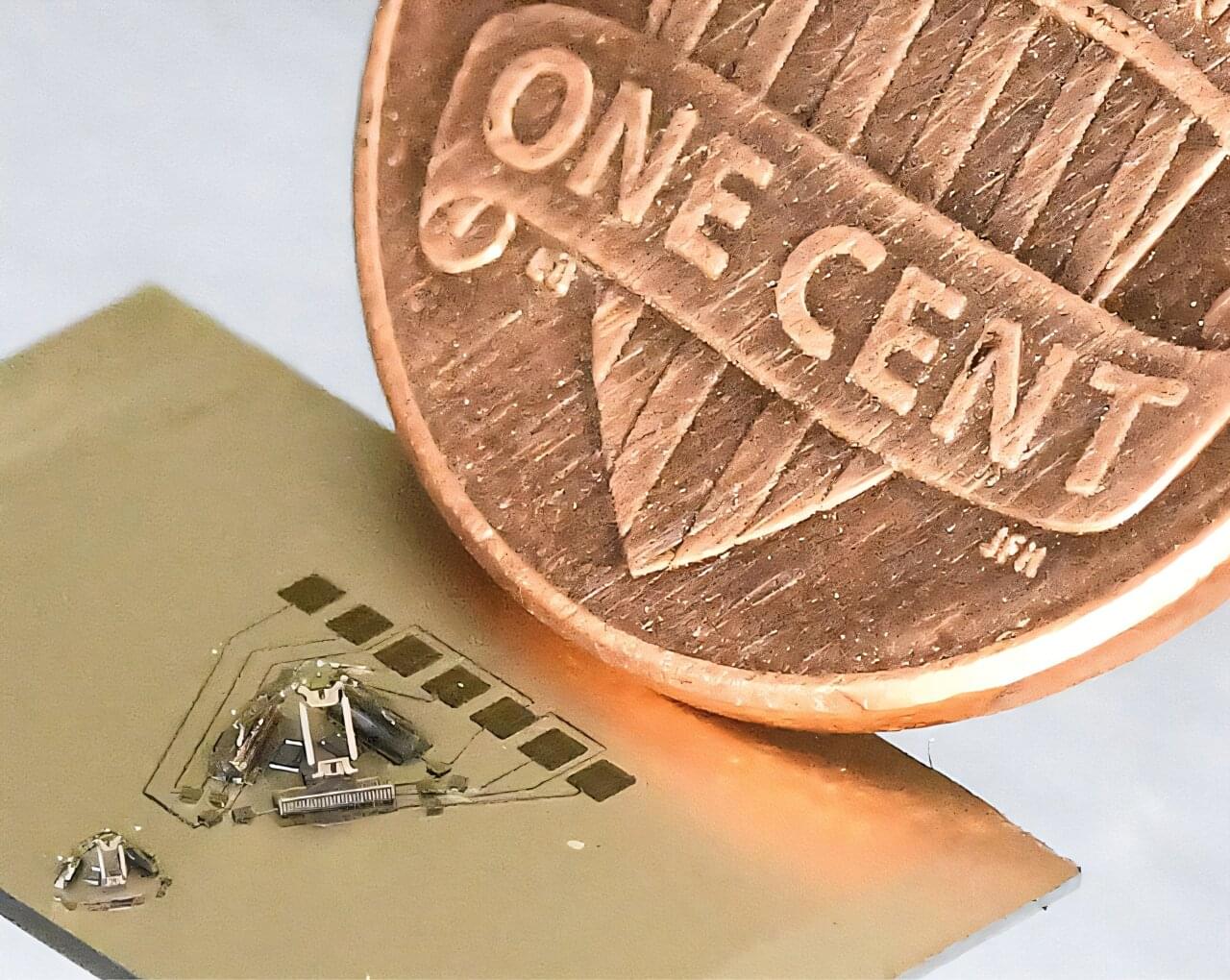
In the 1980s when micro-electro-mechanical systems (MEMS) were first created, computer engineers were excited by the idea that these new devices that combine electrical and mechanical components at the microscale could be used to build miniature robots.
The idea of shrinking robotic mechanisms to such tiny sizes was particularly exciting given the potential to achieve exceptional performance in metrics such as speed and precision by leveraging a robot’s smaller size and mass. But making robots at smaller scales is easier said than done due to limitations in microscale 3D manufacturing.
Nearly 50 years later, Ph.D. students Steven Man and Sukjun Kim, working with Mechanical Engineering Professor Sarah Bergbreiter, have developed a 3D printing process to build tiny Delta robots called microDeltas. Delta robots at larger scales (typically two to four feet in height) are used for picking, placing, and sorting tasks in manufacturing, packaging, and electronics assembly. The much smaller microDeltas have the potential for real-world applications in micromanipulation, micro assembly, minimally invasive surgeries, and wearable haptic devices.

The ImunifyAV malware scanner for Linux servers, used by tens of millions of websites, is vulnerable to a remote code execution vulnerability that could be exploited to compromise the hosting environment.
The issue affects versions of the AI-bolit malware scanning component prior to 32.7.4.0. The component is present in the Imunify360 suite, the paid ImunifyAV+, and in ImunifyAV, the free version of the malware scanner.
According to security firm Patchstack, the vulnerability has been known since late October, when ImunifyAV’s vendor, CloudLinux, released fixes. Currently, the flaw has not been assigned an identifier.

“If you really learn all of these, you’ll know 90% of what matters today.” – Ilya Sutskever.
AI is transforming the world faster than we could have imagined. But how did we get here? AI guru Ilya Sutskever made the bold claim that most of what you need to know about modern AI is captured in 30 seminal research papers on deep learning.
What did Ilya see? Read through Sutskever’s List and you’ll uncover the breakthroughs, ideas, and mental models that shaped his vision and much more, all clearly explained and interpreted by veteran author and teacher Richard Heimann.

Join us, Dr Sal Consoli (University of Edinburgh) and Dr Samantha Curle (University of Bath) for a dynamic 60-minute webinar celebrating the inaugural volume in the series Elements in Research Methods in Education series.
We will interview the author of How to Use Generative AI in Educational Research — Dr Jasper Roe, to explore why he chose this specific topic, the writing process behind this book, and how he hopes it will influence educational researchers and practitioners.
Then we’ll open the floor to attendees interested in contributing to the series. We will provide a unique opportunity to ask questions about the commissioning process, editorial expectations, and how to develop a successful proposal.